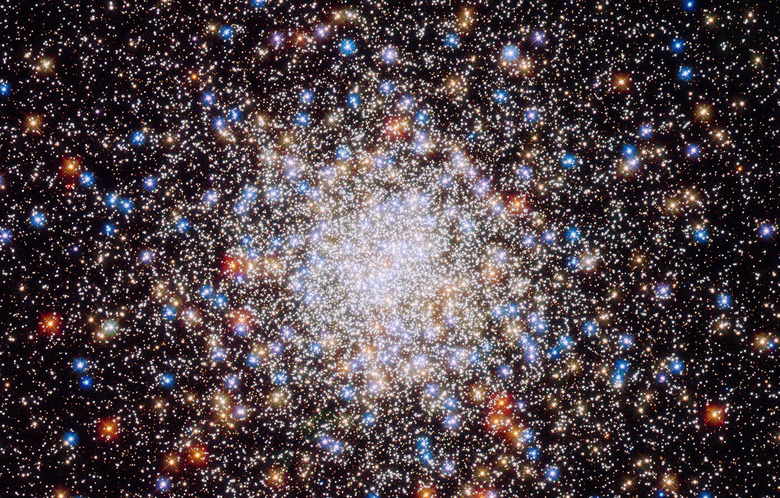This 'super-Earth' Seems Lovely, Until You Look Up
Earth is great, but what if it were bigger? So-called "super-Earths" are rocky worlds like our own but are several times bigger, and could offer us a new home if we ever were to leave our solar system. Some of the super-Earths that scientists have discovered are too far away from their star to be warm enough for liquid water, so those are a no-go. Some are within or near the habitable zone, which is great news for us, but the vast majority of those are too distant to consider visiting right now. A newly-discovered super-Earth around the star GJ-740 is special because it's very close to Earth, relatively speaking — only 36 light-years — but there's another problem. It's very, very hot.
The planet is estimated to be around three times as massive as Earth. That's a sizeable chunk of rock, and it's orbiting a star that is much cooler than our own Sun. GJ-740 is a red dwarf, meaning that its peak temperature is thousands of degrees cooler than our own Sun. Unfortunately, the planet is incredibly close to its star, canceling most of the benefits of orbiting a cooler star and ensuring that the super-Earth's surface is still very, very warm.
Earth takes a full 365 days to complete an orbit of our Sun. On this newly-discovered super-Earth, a day is much shorter. In fact, the planet completes a full "year" in a mere 2.4 Earth days. That indicates that the planet is incredibly close to its star and, as a result, is absorbing a huge amount of the star's radiation in the form of heat and various wavelengths of light. The scientists don't offer a guess as to how hot the planet's surface is, but it would be absolutely unlivable for any life forms originating on Earth.
"This is the planet with the second shortest orbital period around this type of star. The mass and the period suggest a rocky planet, with a radius of around 1.4 Earth radii, which could be confirmed in future observations with the TESS satellite", Borja Toledo Padrón, the first author of the article, said in a statement. "The search for new exoplanets around cool stars is driven by the smaller difference between the planet's mass and the star's mass compared with stars in warmer spectral classes (which facilitates the detection of the planets' signals), as well as the large number of this type of stars in our Galaxy"
However, while this planet might not be great for an interstellar vacation, it might make the perfect target for ongoing research related to how stars behave when large planets are orbiting them. Cool stars like red dwarfs may prove to be ideal targets for exoplanet hunting, and the ongoing search for new worlds is already moving at a breakneck pace.
